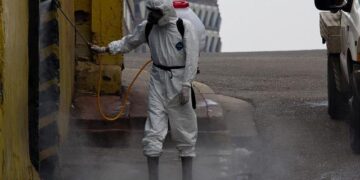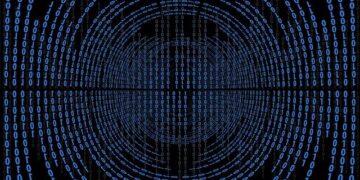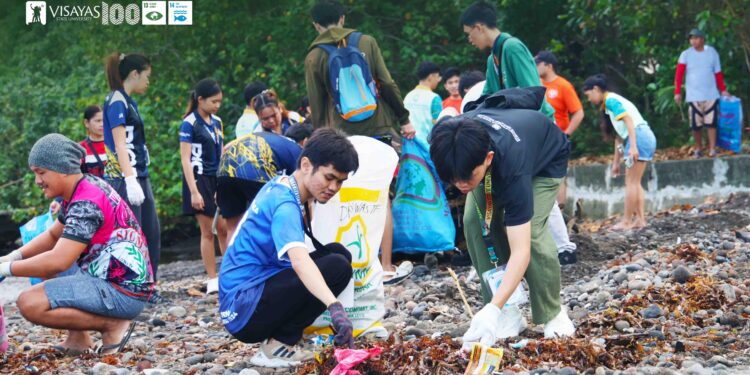The National TRAP Program has announced a second round of funding aimed at tackling the pervasive problem of marine debris along the nation’s coastlines. This renewed effort, highlighted by EurekAlert!, focuses on expanding coastal clean-up initiatives to address the “ghost gear” phenomenon-abandoned fishing nets and equipment that continue to harm marine ecosystems. By mobilizing resources and community engagement, the program seeks to mitigate environmental damage and promote healthier ocean habitats.
National TRAP Program Accelerates Efforts to Combat Ghost Fishing Gear on Coastal Waters
Funding Boosts Coastal Cleanup Initiatives – The National TRAP Program is injecting new funds to intensify efforts against the pervasive problem of ghost fishing gear clogging coastal ecosystems. In its second phase, the initiative supports community groups, local governments, and environmental organizations through grants aimed at removing abandoned nets, traps, and fishing lines that endanger marine life and degrade habitat health. This financial boost empowers stakeholders to scale up cleanup operations and adopt innovative technologies for better gear retrieval and disposal.
Key Elements Driving Success
- Collaboration between fishermen, researchers, and policymakers to identify hotspots
- Deployment of GPS tracking and sonar mapping to locate submerged debris
- Public awareness campaigns promoting responsible fishing practices
- Development of biodegradable fishing gear to reduce future ghost gear accumulation
| Funding Round | Cleanup Sites | Gear Removed (tons) | Partner Organizations |
|---|---|---|---|
| Initial (2022) | 15 | 40 | 12 |
| Second (2024) | 22 | 65 | 18 |
Enhancing Community Engagement and Technology Integration for Effective Marine Debris Removal
Fostering local participation alongside cutting-edge technology has become a cornerstone strategy in advancing marine debris removal efforts. The National TRAP Program’s second wave of funding emphasizes building stronger partnerships with coastal communities, empowering citizens through education and hands-on clean-up activities. By integrating mobile apps for debris reporting and GPS tracking, volunteers are now equipped not only to collect waste but also to contribute valuable data that shapes targeted interventions. This fusion of community engagement and smart tech accelerates debris identification and enhances the efficiency of coastal restoration projects.
Key initiatives under this program highlight the role of innovative tools and citizen involvement in addressing marine pollution:
- Smart debris mapping: Real-time tracking enables rapid response teams to prioritize cleanup zones.
- Educational workshops: Instilling awareness among youth and stakeholders fosters a culture of environmental stewardship.
- Collaborative platforms: Online portals connect volunteers, researchers, and policymakers for data sharing and strategic planning.
| Technology | Community Role | Impact |
|---|---|---|
| GPS Tracking Apps | Report & Map Debris | Optimizes Cleanup Routes |
| Drone Surveillance | Monitor Hard-to-Reach Areas | Identifies Hidden Pollution |
| Social Media Campaigns | Raise Awareness & Recruit Volunteers | Increases Participation Rates |
Strategic Recommendations for Sustained Funding and Policy Support in Coastal Cleanup Initiatives
To ensure long-term success and scalability of coastal cleanup efforts under the National TRAP Program, it is crucial to adopt diversified funding strategies that transcend one-off grants. Governments and stakeholders must explore a combination of public-private partnerships, corporate social responsibility initiatives, and community-based crowdfunding platforms. These approaches not only distribute financial risk but also foster a sense of shared responsibility among diverse sectors. Furthermore, embedding cleanup goals within broader environmental and economic policies can secure continuous budget allocations, making these efforts a standard rather than an exception in coastal management plans.
Equally important is the establishment of clear, measurable policy frameworks that incentivize local governments and NGOs to participate actively. Regular monitoring, transparent reporting mechanisms, and success-based funding models can encourage accountability and efficiency. Below is a suggested framework outlining priority actions to enhance funding sustainability and policy backing for coastal cleanups:
| Priority Action | Expected Outcome | Stakeholders Involved |
|---|---|---|
| Incorporate cleanup targets into municipal environmental plans | Steady funding flow via public budgets | Local government, environmental agencies |
| Develop green corporate sponsorship programs | Private sector investment and innovation | Businesses, NGOs |
| Launch community-driven crowdfunding campaigns | Enhanced local engagement and supplementary funding | Residents, community groups |
| Implement outcome-based grant models | Higher accountability and project efficiency | Funders, project managers |
- Leverage multi-sector collaboration for resilience
- Integrate coastal cleanup with climate adaptation policies
- Promote innovation through performance-linked incentives
- Standardize data collection for transparent impact reporting
The Conclusion
As the National TRAP Program enters its second phase of funding, stakeholders remain optimistic that these intensified efforts will significantly reduce marine debris along the nation’s coastlines. By targeting the often-overlooked problem of ghost gear-abandoned fishing equipment that continues to harm marine ecosystems-the program exemplifies a proactive approach to environmental stewardship. Continued collaboration between government agencies, local communities, and environmental organizations will be crucial in turning the tide on this persistent issue and safeguarding coastal habitats for future generations.































